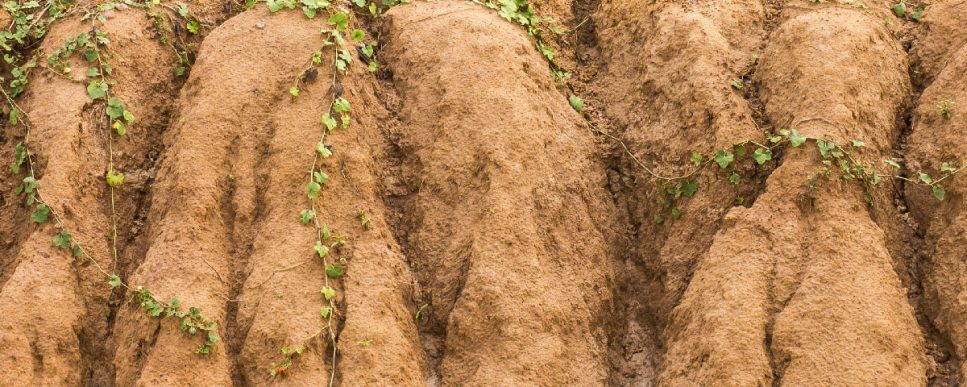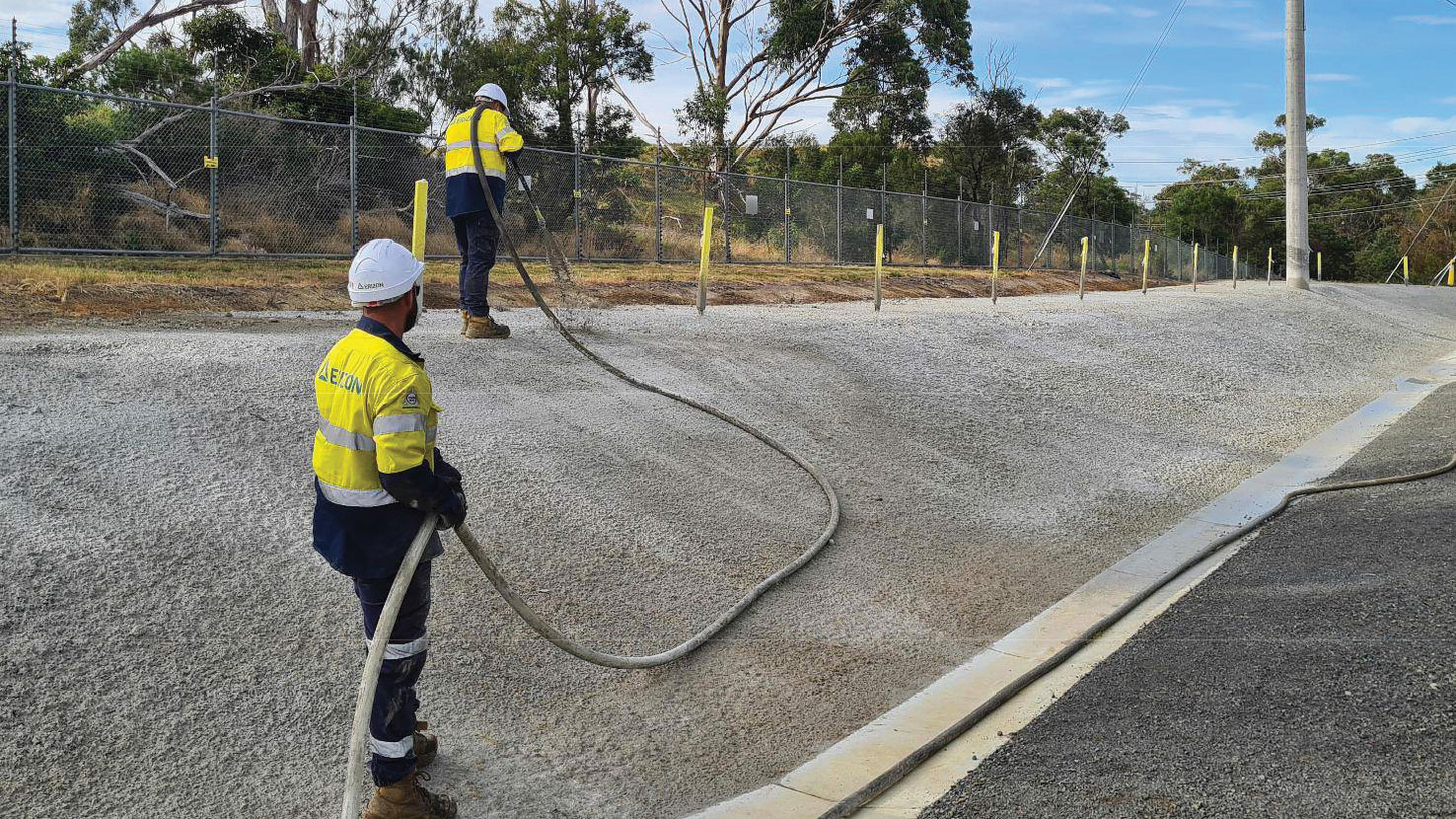
Why is Erosion Control Important?

Soil erosion is one of the top 10 soil threats in the world, as a football-field worth of soil gets lost due to erosion every five seconds. In many developments, vegetation removal leaves the land vulnerable to erosion. This is why erosion control is crucial in preventing the soil from washing away, depleting nutrients, altering the landscape, and polluting nearby water systems.
As Australia’s leading environmental solutions provider, Spray Grass Australia specialise in sustainable erosion control solutions for various industries, including mining, civil and infrastructure, energy, defense, and rail. In this article, we will discuss what erosion control is, why it is important, and its benefits.

What is Erosion Control?
Erosion control is the process of preventing soil erosion caused by different land development applications. The day-to-day processes of these operations that lead to erosion may significantly affect surrounding environments and nearby communities.
In order to cushion these harmful impacts, erosion control measures involving soil stabilisation and reduction of surface runoff flow are being implemented. Without these measures, your topsoil may lose nutrients and become unable to regulate water flow.

Benefits of Erosion Control
Erosion control can bring the following benefits:
Environmental- Erosion control can maintain biodiversity and prevent local ecosystems from being damaged. Aside from preserving habitats and allowing animal and plant species to flourish, these methods keep the integrity and absorptive capacity of the soil and prevent pollutants affixed to the soil or sediments.
Regulatory compliance- Government regulations require effective erosion control techniques for many projects and applications. Companies need to stay compliant with these to avoid fines and continue operation.
Community- Erosion can destabilise land, putting the community at risk. To prevent the threat of floods, preserve the integrity of buildings, and protect the inhabitants, reliable erosion control methods must be implemented.
Traditional Erosion Control Methods
There are different ways to prevent erosion, but the most common traditional erosion control methods include:
- Source and runoff control – The main goal is to protect the exposed land from the erosive effects of rain and surface runoff flow. Covers usually come with top soiling and seeding, mulching, hydroseeding, erosion control blankets, turf reinforcement matting, or paving. Meanwhile, slope surface modification and slope gradient reduction can control runoff while the project is ongoing.
- Revegetation – The roots, leaves, and stems of plants can reduce the impact of rain, and the soil gets anchored with the root systems. As vegetation grows, its erosion control effects further strengthen. Vegetated waterways also protect the soil against runoff from sloping lands.
- Terracing and contouring – Terracing is a land shaping method where earth embankments and ridges are designed to intercept runoff flow and decrease the incline and length of slopes. Meanwhile, contouring involves tillage and planting of crops on the same contour. By restraining water between the contours, erosion is reduced, and the soil gets stabilised.

Most Innovative Way to Control Erosion
As Australia’s leader in environmental solutions, Spray Grass Australia developed an innovative erosion control solution designed for extreme conditions. EcoArmour is a sprayable synthetic erosion control blanket that binds to the substrate in just 3 to 5 hours. It’s highly versatile and is up to 10 times faster to install on almost any surface.
Because its flexible membrane contours to the ground and doesn’t crack or chip, it boasts a functional lifetime of over 20 years, trumping traditional erosion control blankets such as geo-fabric.
Because each project and site condition is unique, it’s important to consult with experts for effective erosion control. If you want to know if EcoArmour is the perfect solution for you, get in touch with us today!

